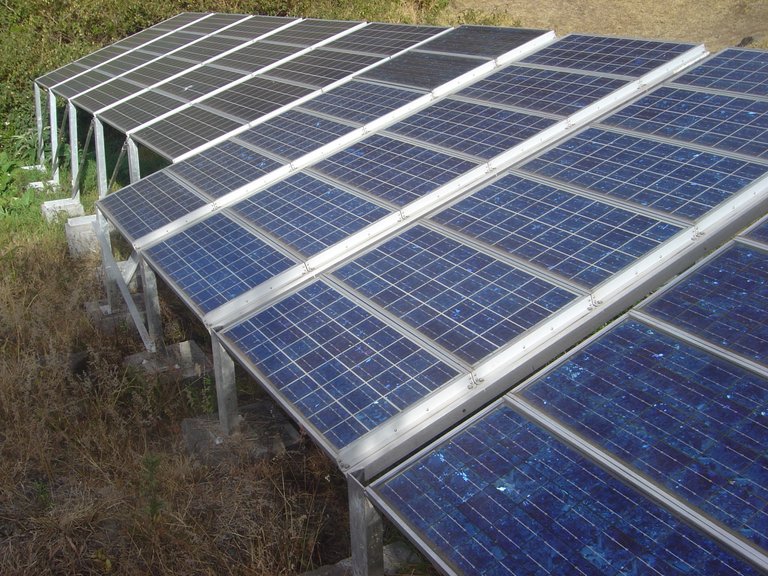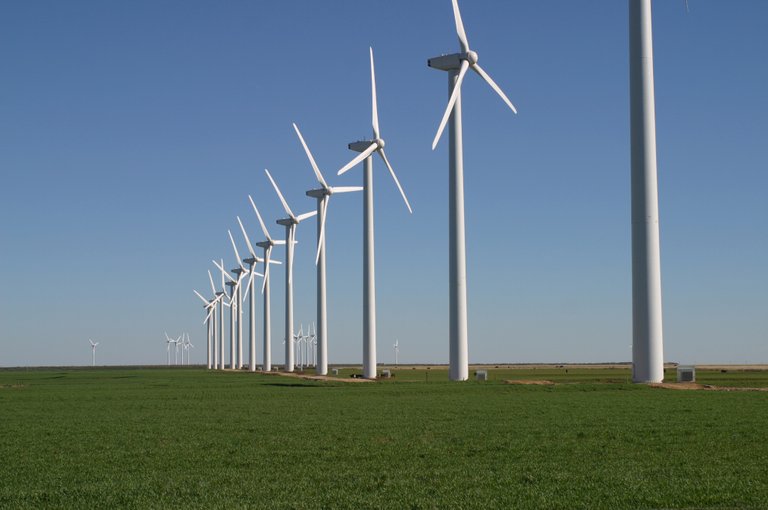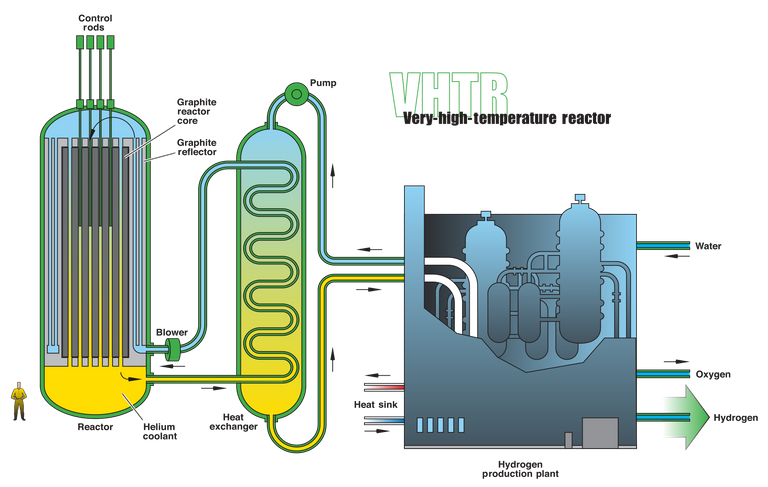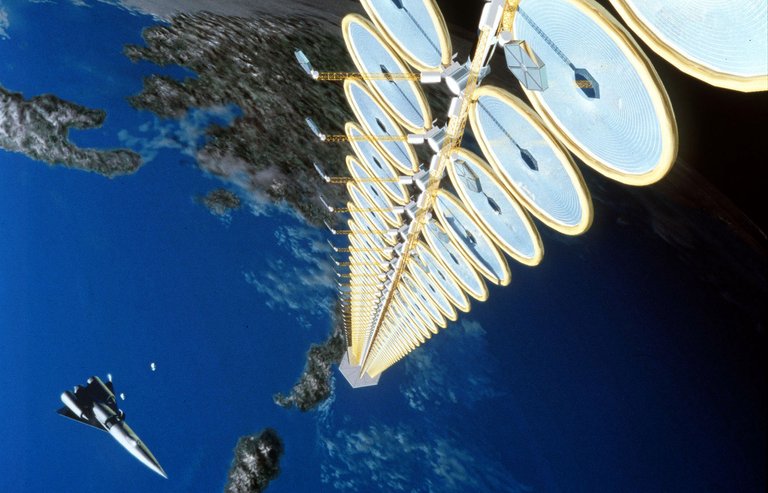Humanity's energy use is growing exponentially, we must be prepared to meet this demand or suffer the consequences
( source)
What you use a year is less than what humanity uses every second
Humanity used about 3.89 × 10^20 joules of energy in 2013. This is about 12.3 terawatts. This is 12,300,000,000,000 Watts. This is without large portions of Africa and many other countries without power. People have plans in place to give them power and that will increase our power demands beyond what we can safely produce with coal and oil.
Our current energy production
Our production doesn't look good. It is 41% coal, 21.7%Natural Gas, 16.3% Hydro electrical, 10.6% Nuclear, 4.4% oil and about 5.7% rewnable. This is contributing to climate change quite a bit and we will run out of coal, natural gas and oil quite soon relative to the others. This is not something we can continue for much longer and we must look to other options for now and the future.
Renewable sources
We have solar panels and wind turbines. They both take up a "lot" of space. In 2030 you would need to cover spain in solar panels to power the entire world. Which actually is not that much compared to the size of the planet. Cost a lot and don't produce power 24/7. We would need batteries to prevent power failures. It would be expensive to put the new system in place. However, we would see out impact on the environment lessening by a great deal. We also have water turbines which operate on rivers. This can have a major impact on the river. It creates a dam that lets less water on the other side out, which is bad for people downstream. These together can be a great tool for producing power but rely on a river, wind or sunlight. A volcanic eruption could wipe out solar for an entire continent and would have a major effect on wind as well. If this is to become our main supply of power we will need backup systems just in case.
(source)
Fission
Fission is far more compact than renewable but comes at a price. We need elements we can break apart for energy, like thorium or uranium. Uranium is what we use now and we mine it, however the supply will not last forever. Mining it also has an environmental impact. Seawater does contain a ton of it that could last us thousands of years. However, collecting it may leave a major impact on sea life. (If we clean it up in the process of getting uranium it might have a net-positive impact.) The worst impact comes when we have to dispose of the highly radioactive "leftovers". Areas we put it in can't be lived in by humans for hundreds of years.
United states uses about 12 thousand kilowatt hours per person a year. The smallest nuclear power plant creates about 460 megawatts , while the largest is about 8 times that. The smallest produces about 4 gigawatt hours a year. This could power a town of over 80 thousand people. This means a single power plant per small city is enough. Larger cities might need two but the total space used would be extremely small compared to the city.

(source)
Fusion
Fusion requires hydrogen as fuel. I've heard we have a lot of that in our water. Fusion produces a ton of energy (it's what our stars do) and the only byproduct of hydrogen fusion is helium. (Which could mean more balloons.) This one is far more efficient, takes up less space and has no bad byproducts. The only problem is we can't do it right yet. It takes usually takes more energy than it produces. We are making progress and are slowly getting closer. Keeping a plasma at 1.8 million celsius is a little hard. ( more here)
Fusion is one of the best options for the future. However, we have some unorthodox options for now or the far future that could solve multiple problems at once or power us into the future.
Solar panels in space
Solar panels in space could increase efficiency and help with climate change. If light never gets down to earth it can't be trapped. No atmosphere would be in the way to effect the light. This would mean it has no cloudy days where it doesn't produce anything and more sunlight would hit it. This would produce more energy than those on earth and help us by slowing climate change. The only problem is getting the power back down to earth. This could be done in a few ways. We could build massive solar stations at the height where they go around the earth at the same speed it rotates so wires could reach down. We could beam it down with giant mirrors which could partially negate the slowing of climate change. If we have it beam down in some way it could easily reach half the planet without moving much at all. This means that we could move power where we need it, when we need it. One of the greatest problems of power production is that moving it from place to place dissipates a great amount of it.
(source)
Far future
The far future could hold many power sources. One is a dyson sphere. An object around an entire star that collects all energy it produces. This is the "requirement" for us to advance to a type two civilization of the Kardashev scale. We do not know how much power we will use once we get to that point and I can not even begin to guess.
We also have more exotic ways, like using black holes. Black holes have a huge amount of gravitational potential energy. Throwing objects down to a turbine near it could produce a massive amount of energy. This is hypothetical and may not produce much power compared to anything else we can come up with by then, but it is still fun to think about.
We could produce energy is many different ways. The only limit is physics. (oh wait that goes imagination doesn't it?) Many different forms of energy production have been proposed and many are not on here. If I missed your favorite comment and I might add it for you.
Have a nice day.
I do not believe. The limits are those you set out above ... in our minds. The resources are there, but we do not want to touch any ... for all kinds of reasons. Thus, there are problems but no solution!
I agree with this. Physics can tell you that this or that is doable but humans do not want to touch it or invest time and money in developing the proper device to use it.
I think in the future we will have a more decentralized energy production system with multiple small scale generators instead of great generators like we have today.
That would create room for more sustainable energy, create a fault tolerant power grid and greatly reduce transmission line losses. But there's the payment problem. If the system is decentralized, to whom are we going to pay for our consumption? That's easy, let's make a cryptocurrency for this! Some sort of "proof of energy" algorithm
Or we could simply create a system where each person gets resources according to their work and avoid all of the energy loss (and loss of freedom) that comes with systems like that.
The same arguments were used in the '60s ... to justify a price increase but OK for better management,